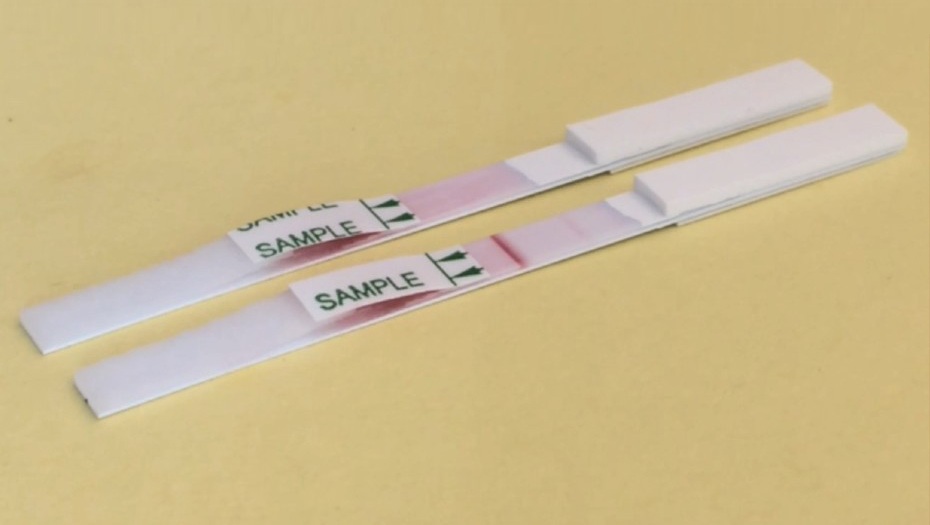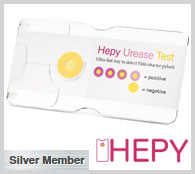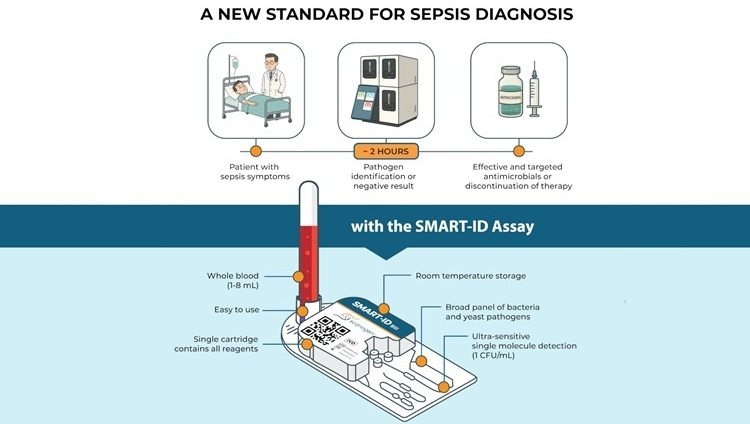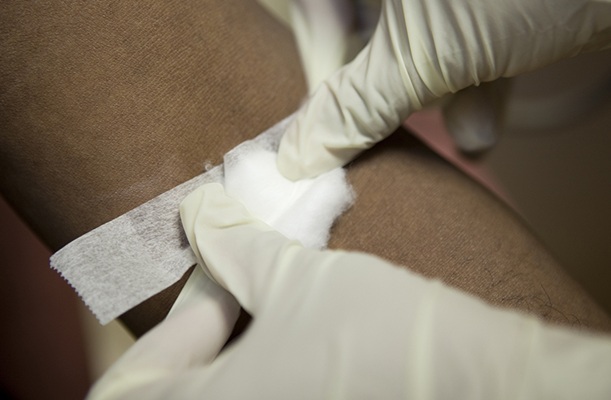POC Lateral Flow Test Detects Deadly Fungal Infection Faster Than Existing Techniques
Posted on 20 Jun 2025
Diagnosing mucormycosis—an aggressive and often deadly fungal infection—remains a major challenge due to the disease’s rapid progression and the lack of fast, accurate diagnostic tools. The problem became especially severe during the COVID-19 pandemic, when infections surged globally, particularly in India. Now, a novel lateral-flow test offers a potential solution by enabling rapid detection of mucormycosis directly from patient biofluids.
The test was developed by scientists at the University of Exeter (Exeter, UK), who aimed to address the urgent need for quicker and more reliable diagnostics for mucormycosis. Before the pandemic, the disease was rare and typically limited to immunocompromised individuals. However, COVID-19 created ideal conditions for the spread of mucormycosis—also known as rhino-orbital-cerebral mucormycosis (ROCM)—due to widespread corticosteroid use, high rates of poorly managed diabetes, and associated metabolic imbalances such as diabetic ketoacidosis. These conditions severely impair the body’s ability to fend off fungal infections, leading to a dramatic spike in cases. The new lateral-flow test represents a significant innovation over traditional diagnostic methods, which rely on culturing biopsy samples in laboratories—a process that is not only time-consuming but also has low sensitivity. In contrast, the Exeter-developed test delivers results in just 30 minutes.

The test works by using a specific antibody that binds to a signature molecule secreted by Mucorales fungi. This interaction generates a visible signal, indicating the presence of the pathogen directly from a patient's biofluid sample. In a study published in the Journal of Clinical Microbiology, researchers tested the new diagnostic among three groups: patients with mucormycosis, patients with other fungal infections, and patients without fungal infections. The test showed high sensitivity and specificity, accurately identifying mucormycosis cases in just half an hour. Although still in the prototype phase, these results highlight its potential as a dependable and swift screening tool. If adopted widely, the lateral-flow test could have a transformative impact on clinical practice. It would allow for early detection of mucormycosis, improving the chances of timely treatment and potentially reducing the risk of disfigurement and death. This could be especially beneficial in regions with limited access to advanced laboratory infrastructure, offering a life-saving tool in the ongoing fight against this fast-moving fungal disease.
“Mucormycosis is an horrific disease, which spreads rapidly in the body and can leave people horribly facially disfigured, and is often fatal. Early diagnosis is crucial for the best outcome,” said Professor Chris Thornton, a scientist at the University of Exeter’s MRC Centre for Medical Mycology and co-author of the study. “This study shows that our new test is quick and effective. These exciting results are a critical milestone in the development and validation of the test which we aim to commercialize in the next three years.”
Related Links:
University of Exeter’s MRC Centre for Medical Mycology








 (3) (1).png)





